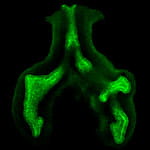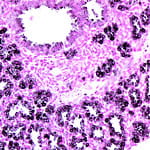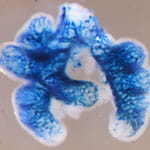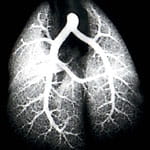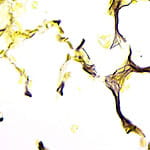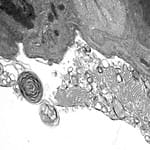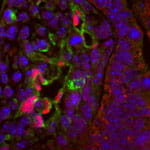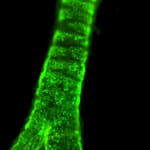Lung Morphogenesis
Lung dysfunction at birth can occur due to prematurity or a number of congenital problems. Since perinatal death is most frequently associated with lung dysfunction, many of the groups in our division study the molecular and cellular mechanisms and processes that regulate lung development (morphogenesis). Lung morphogenesis occurs both prenatally and postnatally and is typically divided into five phases (see figure 1), with the final alveolar phase occurring principally after birth in humans and rodents. Our groups work on the pathways regulating each specific developmental phase, as well as the different cellular and structural processes distinct to each phase. As well as these important development pathways, lung maturation is crucial as it prepares the lung for birth, when the lung must very rapidly function as the gas exchange organ for the body. Prior to birth the fetus receives oxygen via the mother’s placenta. Surfactant is critical for lung function at birth, reducing air-liquid tension and allowing for lung expansion. Our division has a long history in understanding the role of different surfactant components and surfactant biology and regulation. For more information on these and the other developmental processes listed below, visit the faculty lab websites and biosketches below.
Lung morphogenesis studies in the Division of Pulmonary Biology include:
